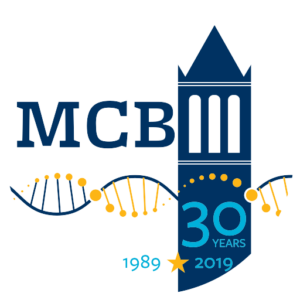The immune system must recognize and respond to infectious threats while limiting damage to self cells and tissues. Receptors of the innate immune system are believed to fulfill this task by recognizing conserved features of microbes (often referred to as Pathogen Associated Molecular Patterns, or PAMPs) that can be used to discriminate pathogens from the host. However, the remarkable ability of the innate immune system to distinguish self from non-self is often difficult to explain using only a PAMP model. For example, detection of some pathogens necessitates recognition of pathogen nucleic acids, which are problematic as PAMPs given their presence in normal self cells. Similarly, PAMP-possessing commensal microbes (the microbiota) are present in large numbers in the intestine, and yet, in most cases, do not induce immune responses similar to the responses made against pathogens. The lab focuses on these unexplained instances of immune recognition and tolerance to resolve major conceptual gaps in our understanding. For example, we have discovered key regulatory mechanisms that allow self and foreign nucleic acids to be reliably distinguished and have shown how breakdown of these mechanisms leads to autoimmunity. We have also identified rare members of the microbiota that are recognized by the immune system and are defining the principles that underlie this recognition. Our ongoing work seeks (1) to discover pathways and mechanisms that enable discrimination between foreign and endogenous nucleic acids, and (2) to determine how the immune system discriminates between different classes of microbes in the intestine by identifying and characterizing members of the microbiota that engage and shape host immunity. Our work defines basic principles that determine how the immune system works and what goes wrong in individuals who develop autoimmune and inflammatory disorders.
Some specific projects currently being pursued in the lab include:
- Elucidation of mechanisms that enable discrimination between foreign and self nucleic acids by mammalian Toll-like receptors
- Defining the signals and transcriptional networks that enable functions of tissue macrophages, especially related to clearance of apoptotic cells and cellular debris
- Identification of tolerance mechanisms that limit immune responses to the microbiota
- Identification and characterization of members of the microbiota that engage and shape host immunity


